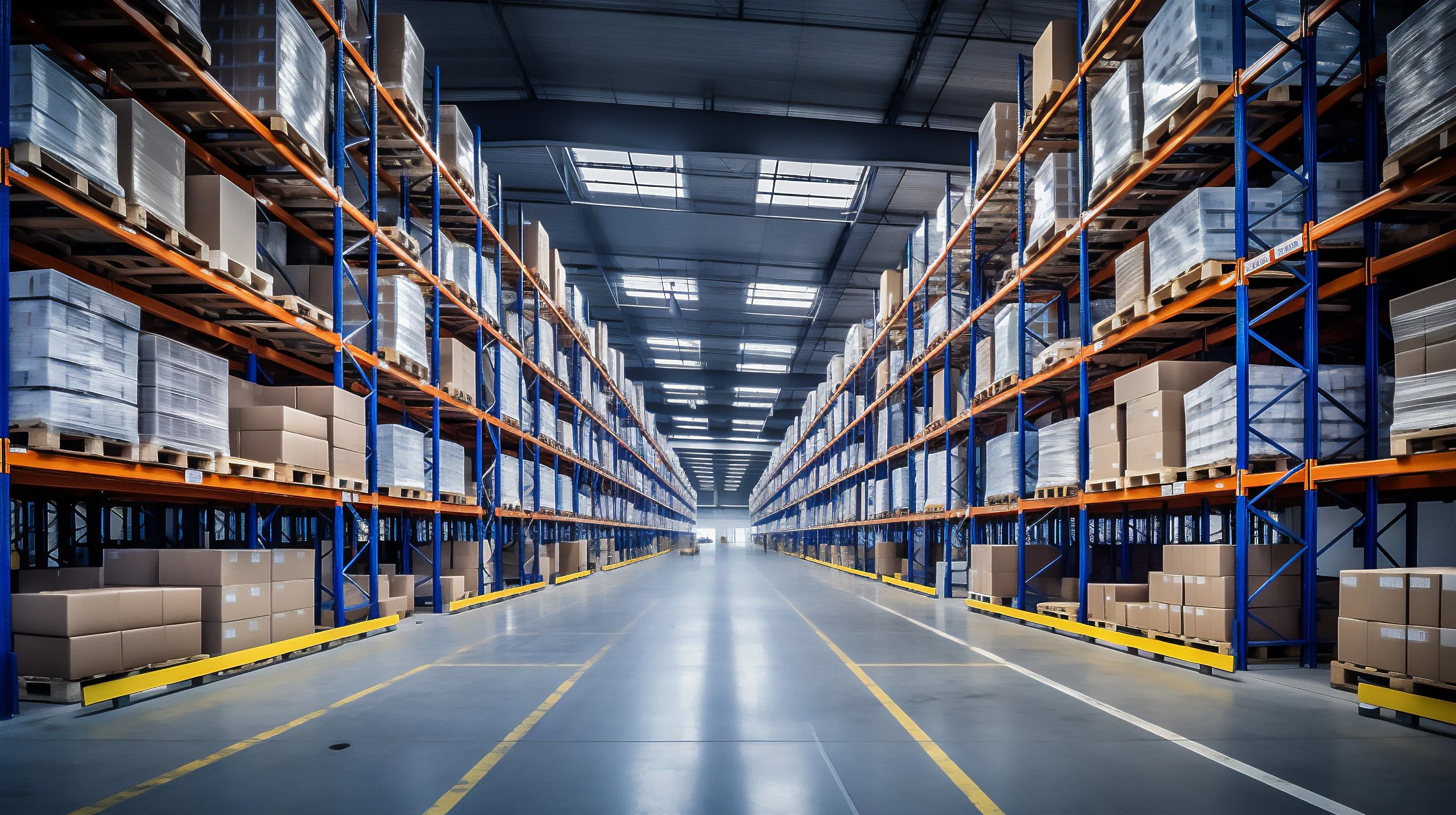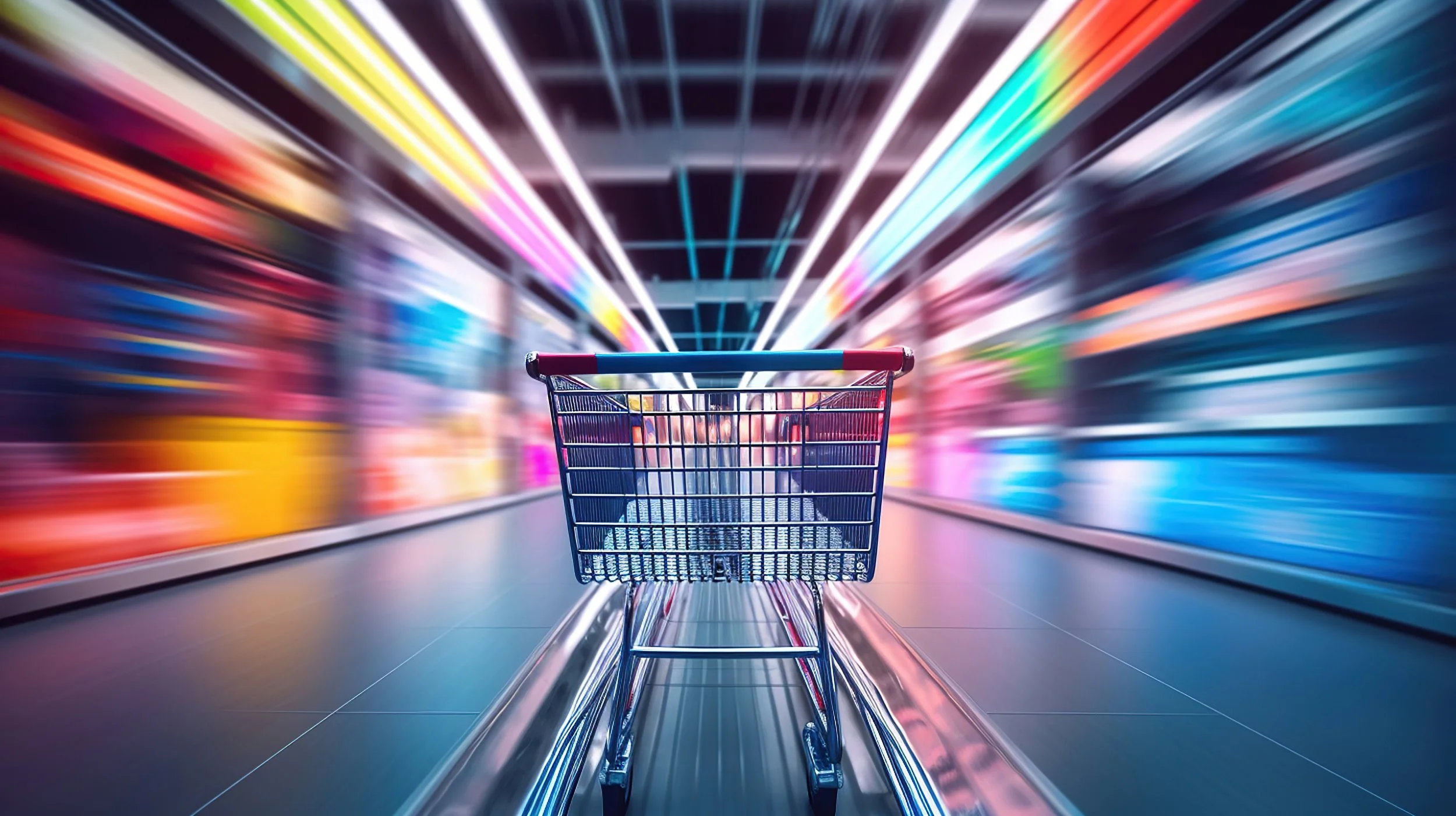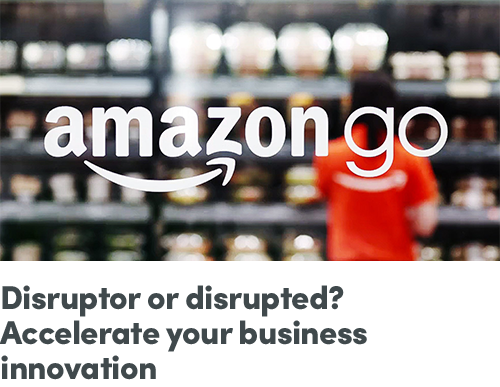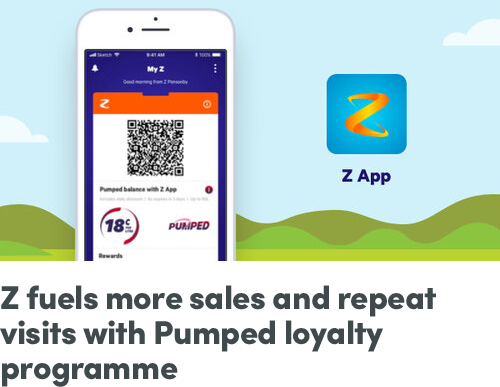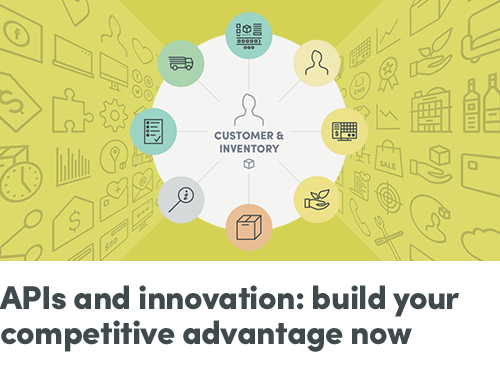There’s been regular debate about this year’s retail sales slowdown – when is the tipping point, how long will it last and how far will it drop? MST Marquee analyst Craig Woolford recently shared the outlook for convenience retail, plus three opportunities to exploit and three challenges to anticipate.
Last month I attended ACAPMA’s excellent 2023 Asia Pacific Fuel Industry (APFI) Forum event in Brisbane. With attendees spanning fuel retailers and suppliers from across our region, it sparked lively discussions on the trends changing mobility and convenience retail.
One of the highlights was a keynote from Craig Woolford of MST Marquee on the outlook for convenience retail in Australia. It included valuable insights for fuel and c-store operators across our region.
Retail spending has slowed, but is not falling off a cliff
Craig began by sharing the latest MST Marquee/ABS data showing how overall retail sales growth is slowing. While there was growth of 3% year on year for the three months to July 2023, interest rate increases have triggered a drop in consumer sentiment and spending slowdown.
Craig predicts the trough in retail sales to arrive late calendar 2023. And while income tax cuts make him more positive for fiscal 2025, he predicts sales will be subdued until late calendar 2024, making it a lean 18 months for retailers.
The data showed divergence between the major retail categories. Dining out is holding up well, alongside sales growth in supermarket, liquor, pharmacy and beauty, but volumes are generally weak.
Retail spending is also starting to lose share of wallet to non-retail spending. Craig explained that this is the ‘normalisation’ path for consumers as we gradually revert to pre-Covid spending behaviours. Travel and dining out are winning our share of spend, along with ‘needs’ like housing and health.
While there are several drivers for the slowdown this year, Craig described three key swing factors - drags from fading price inflation and higher interest rates, and a boost from consumer drawdowns on household savings.
Opportunities in convenience retail
Craig explained that convenience retailers can look to boost sales growth in three key areas:
1. Exploit growth in dining out
The trend towards dining out highlights a consumer now looking for convenience, not just experience. Consumer preferences long-term have moved from in-home dining towards dining out, with employment growth, excess savings and inbound tourism all supporting this trend.
There’s an opportunity for convenience retailers to capture share in dining out, with cafes and fresh food customised to sites and regions.
2. Drive up basket size through an expanded range
The major supermarket chains generate good sales productivity through convenient store locations and a favourable basket mix, with average basket size around AU$45-50. Craig urged attendees to think about what could drive a 15-20% higher basket spend for their business.
Successful retailers are building basket size through range extension. We’re seeing this with our own fuel and convenience retail clients, with many focussed on expanding their c-store offerings (combined with the potential of EV charging in fuel retail).
3. Tap growth in online food retail by offering fulfilment
Online retail accounts for around 7% of the entire food industry, spanning supermarkets, convenience, restaurants and takeaways. Craig described how it will continue to grow in high single digits, but the cost of fulfilment remains a barrier to a viable online food offering.
C-store retailers can play a role by developing new business models that take advantage of convenient locations to become home delivery hubs.
Challenges to anticipate
Craig closed his keynote by sharing three challenges likely to test the mettle of convenience retailers:
Declining tobacco sales: Tobacco sales are falling 10-15% and the fall is faster in some convenience channels, with tobacconists winning share. The tobacco industry is grappling with illicit tobacco and vaping, but with “limited government action” to address the problems.
Rising wage costs: The 5.75% increase in retail award rates and 0.5% superannuation levy rise have made wage cost growth a problem into 2024 and beyond, with rates likely to rise by more than 4% in fiscal 2025. Craig said the Australian Fair Work Commission tends to take a balanced approach but noted that wage rate growth is currently less than inflation and could result in wage rate growth ahead of inflation in fiscal 2025.
Rising occupancy costs: JLL Research has said that the forecast pipeline of new floor space will be just 37% of the 10-year historical average, with construction costs and high interest rates limiting new projects. That means floor space growth will be tight and could drive up rents.
Are you looking for new ways to drive c-store revenue and profitability?
Our partnerships with fuel and convenience retailers delivering disruptive, world-first experiences give us a deep understanding of changing consumer needs and technology trends. Get in touch if you’re looking for help to reduce costs, boost productivity and improve margins.




